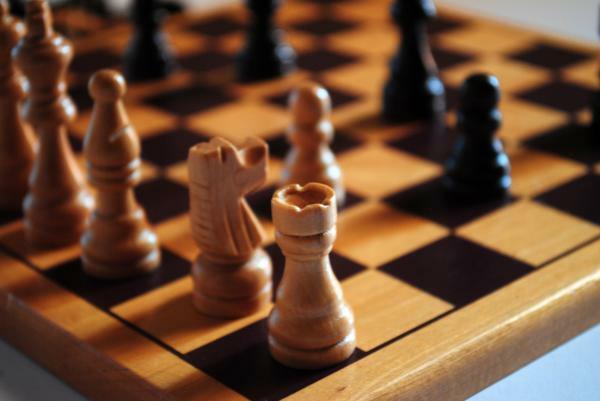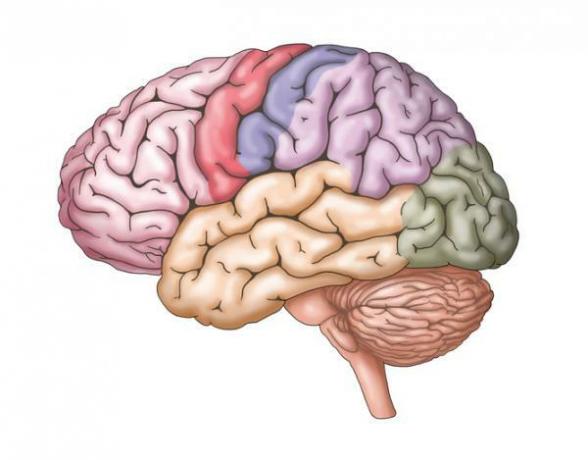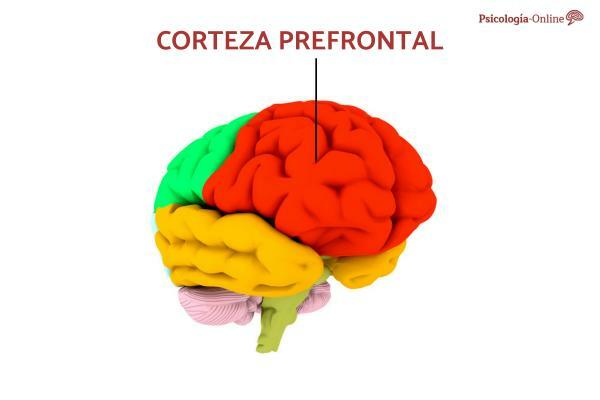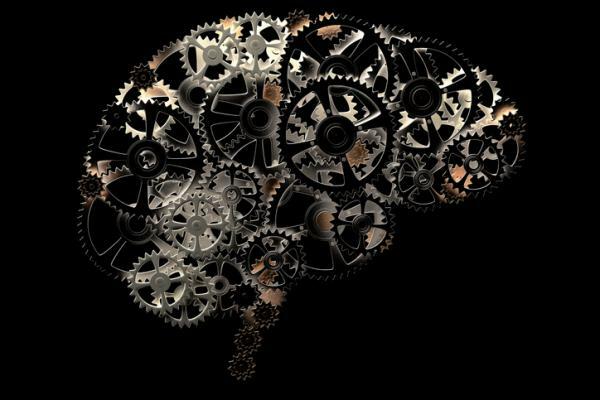
Working memory is that cognitive capacity that allows us to operate with the information that we are receiving and that we already have stored. It is an essential cognitive function and that is why you may be wondering how to improve it. There are different ways to improve this ability in children and adults, who can learn day after day to use them in their daily lives. In this Psychology-Online article, we are going to discover what is working memory and how to improve it through 14 exercises and activities to exercise working memory or operative memory.
The work memory (or working memory), in the field of cognitive psychology studies on mnestic processes, is a model introduced in 1974 by Alan Baddeley and Graham Hitch to more accurately describe the dynamics of short memory term. What type of memory is working memory? Working memory, in effect, is linked to the concept of short term memory, understood as a part of information that is temporarily held by the memory system, but with reduced retention time and capacity
The work memory therefore has the function of storing verbal and spatial information that is relevant to carry out the actions; This information is constantly adapted to the current situation and allows to guide behavior in a planned way. Once we have seen what working memory is and what it is for, we get to the idea that it is a very important cognitive function that can be exercised. If you want to know how to improve working memory, continue reading the following exercises to improve working memory in adults and young people.

We are going to see 14 activities to work memory in adults and young people with examples.
1. Mental representations
A first way to increase working memory capacity is to encourage people to represent in the mind a picture or figure that is indicative of what they just heard, a story, a story, or a situation particular. For example, if you were asked to set the table for five people, it may be suggested that you imagine and then draw what the table should look like once it is ready. As capacity improves, it can only be ordered have them act it out in the mind and then describe it out loud.
2. Explain the situations
A second method of working memory consists of encouraging the person to explain what you just learned in any situation, for example in sports: this can help you make sense of new information and store it mentally. Plus, you can immediately start working on the data you've just learned, instead of waiting a long time and retrieving it later.
3. Train visual memory
Another way to improve working memory is to propose some games that require the use of visual memory, such as matching cards (Memory) or the search for some details within an image of a figurative book or magazine, or the repetition of vehicle license plates.
4. Play cards
Other simple games, but very useful for the development of a good working memory, are those that require the use of cards, such as Uno, in which you have to take into account the rules of the game and at the same time, also remember the letters you have and how people played before him.
5. Learn study methods
One method that can help students, both young and old, is highlight or underline the most important parts of a text and jot down notes in a special notebook, and then correctly answer any subsequent questions. In addition, reading aloud is also recommended, in order to create long-term memories and thus facilitate the process of storing information.
6. Divide the information
Dividing the information into smaller pieces can be a good way to facilitate processing and storage memory, so it is a very useful exercise to improve working memory. Small groups of items are easier to remember than a long series of items; their division also favors a greater understanding and a remarkable ease to remember them even after a long time.
7. Learn with the senses
Learning new information can be improved using the different senses: a new topic can be learned faster and easier by using the graphical representation on a sheet of a schematic and, at the same time, through the oral explanation of the same topic; it is possible, for example, to play ball by pulling it back and forth, while discussing the tasks that the person should do. With these strategies multisensory learning It can help you remember new information better and keep it in memory for longer.
8. Connect the information
Another exercise to improve working memory is to connect the information. It is possible to help a person to remember better by taking them to create connections between different information. In this way, old and new memories are compared, data is connected and new ones are formed for later retrieval.
9. Make lists
Encourage writing lists of everything that people have to do during the day or throughout the week, either in school or work tasks, in sports or family tasks. Obviously, this is a method that can be used with children who are already capable of writing and people who do not have difficulty writing; alternatively the lists can be written on the computer or by an assistant.
10. Face one thing at a time
Faced with the many activities that each one must carry out, such as tasks and appointments for the following week, it is possible to help manage each topic or task one by one, in order to lighten the cognitive loada and help people to organize the development of each activity as well as possible.
11. Create routines
Another activity to improve working memory consists of creating daily routines: for example, if during a student's school day, teachers explained new topics, after school, the child can repeat to a parent everything she has learned, trying to remember what he understood and what he did not understand.
12. Customize methodologies
Inventing new ways of remembering information or training working memory can be a very useful method, since the subject actively participates in the search for new ways that you can customize and that reflect your interests.
13. Find the best strategy
There are many activities to work on working memory and you can experiment with various ways of improve working memory: for example, the mental creation of images and their oral description can be very useful. Not everyone, however, benefits from the same methods, so it would be necessary find out how you have it easier to remind.
14. Playing sports
Finally, to exercise working memory, it would be beneficial to practice a sport, since sports activity influences mood, relieving tension, reducing stress and promoting sleep and, consequently, influencing memory and cognitive skills.



